Custom-made designs that personalize the backyard and create welcoming, calming spaces will be in high demand. Now is the time for pros to beef up their design chops to capitalize on this lucrative market.
December 5, 2022
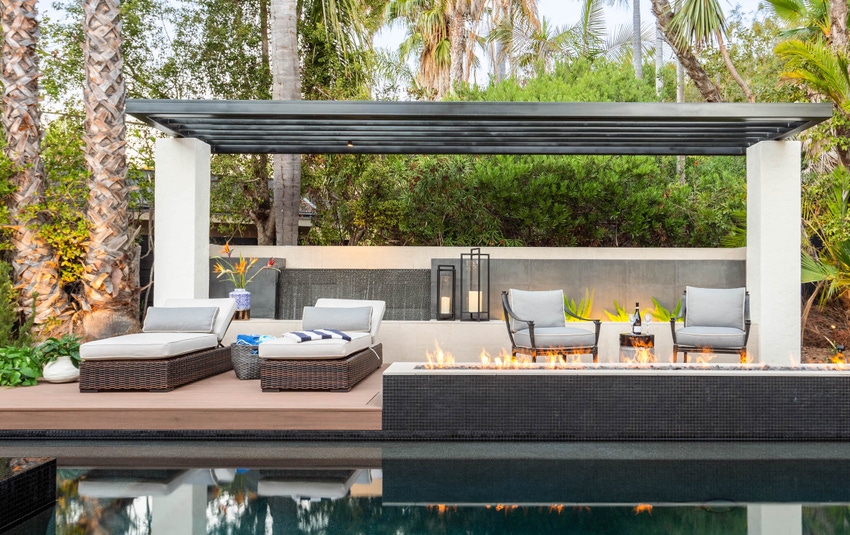
Industry experts say that water features will again be a key component in the backyards customers demand in 2023 as they continue seeking home-based refuges post pandemic.
But unlike prefab water features of the past, the new on-trend designs will focus on custom-made details. That puts the onus of the work on the builder or installer—but it also creates new revenue opportunities, according to Kate Wiseman, a landscape architect who is design faculty chair for GENESIS® and principal of Sage Outdoor Designs.
“People have a desire for things that are less manufactured and more handmade,” she said. “So, if they want to stay on trend, they need to be more design focused, because clients are going to eventually start rolling their eyes at the contractor who can install the prefab features.”
Along with the pandemic making backyards more personal, supply chain issues are the other driving force of these trends, Wiseman said. “People are resorting in desperation to their contractor, saying, ‘Can��’t you just make something yourself?’”
Contractors who can answer “yes” to that question will be winners in more ways than one.
“Most of the pool industry is competing on cost alone, whereas if you have a design education you suddenly can offer the customer something no one else can and that gets you out of the price game entirely,” she said.
Here’s a closer look at the custom-design details that customers are moving toward and the water feature design trends that will dominate 2023.
Natural not manufactured. One of the go-to water features for contractors is the simple sheer descent. In 2023, rather than an obviously manufactured feature, customers will want natural looking spillways and whitewater walls.
Scuppers and spillways. In the same family as sheers, U-shaped troughs offer a different kind of descent. And builders can get really creative with how they craft their scuppers. “I’ve seen people make them out of three pieces of tile, so the sky’s the limit on creativity,” Wiseman said.
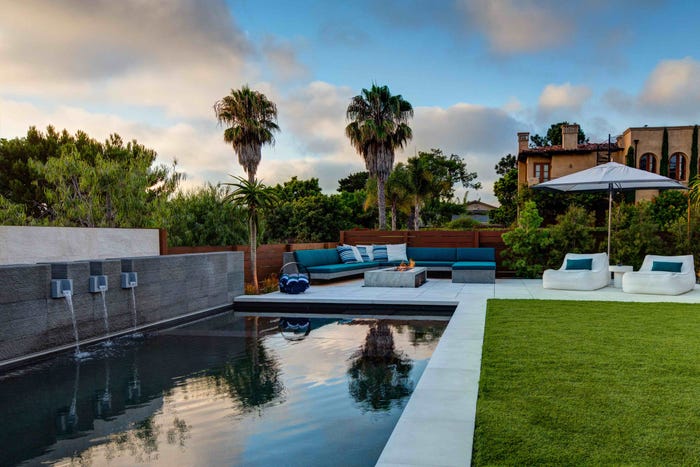
Smaller features that cultivate relaxation and conversation. There was a time when loud, crashing water features were in demand. But post-COVID, Wiseman said, homeowners want more intimate, quiet spaces that invite calm and social gathering. “Pre-recession, people wanted big water features, but lately, the concern is, ‘How do I make sure it’s not too loud?’”
Plunge pools that double as water features. Especially on smaller lots, plunge pools can offer a focal point without taking up a lot of space. The key is to treat the feature more like a reflecting pool, ideally with an infinity edge and/or a waterwall. The pools can also be raised off the ground to provide another seating space. “Just make sure it looks beautiful,” Wiseman said.
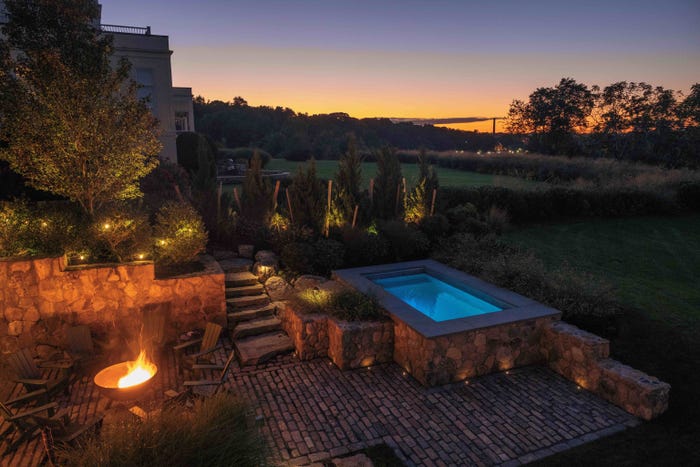
Premade water features used to create spaces and ambience. Design doesn’t just mean custom-creation, it can also mean finding new ways to use premade features. For example, water bollards can be used to define a space or entryway, said Steve Julien, with ARCHPOT marketing. Similarly, simple sheer descents can be combined with large pots either with or without plants to create a calming patio atmosphere, he said. And the combination of fire and water is always a dramatic focal point.
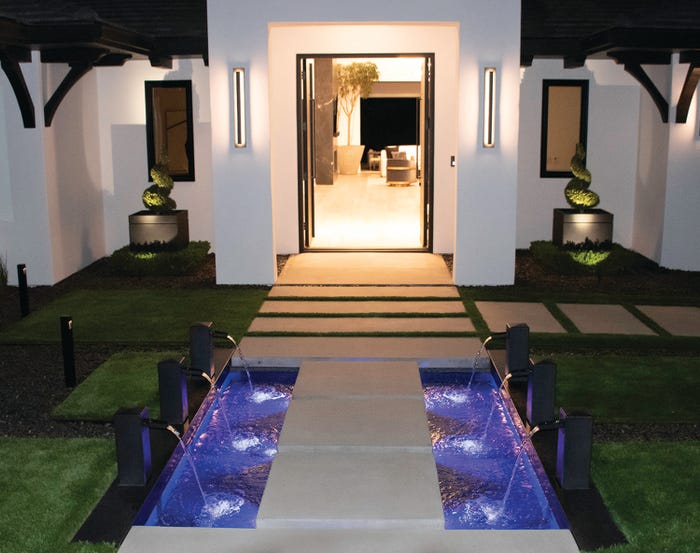
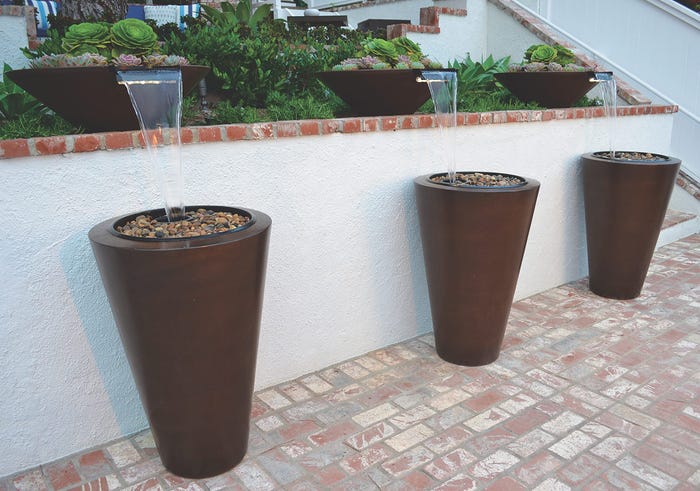

Personalization at all price points. Wiseman said it used to be only the super wealthy who expected their backyards to reflect their personal style. But in 2023, “everyone is going to want it,” she said. Again, that means contractors must beef up their design chops to key in on how to deliver personal designs. “The crux of it is that you have to be good at design, so getting some background education is important,” she said.
About the Author(s)
You May Also Like




